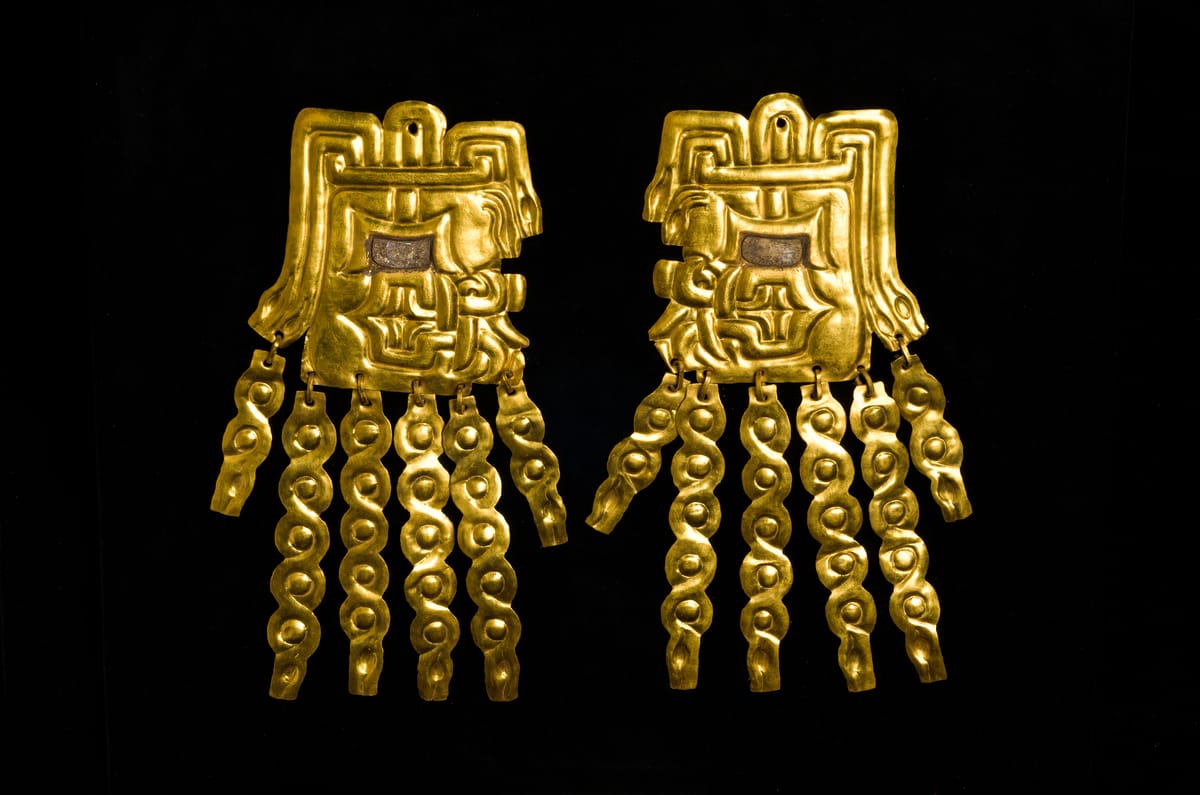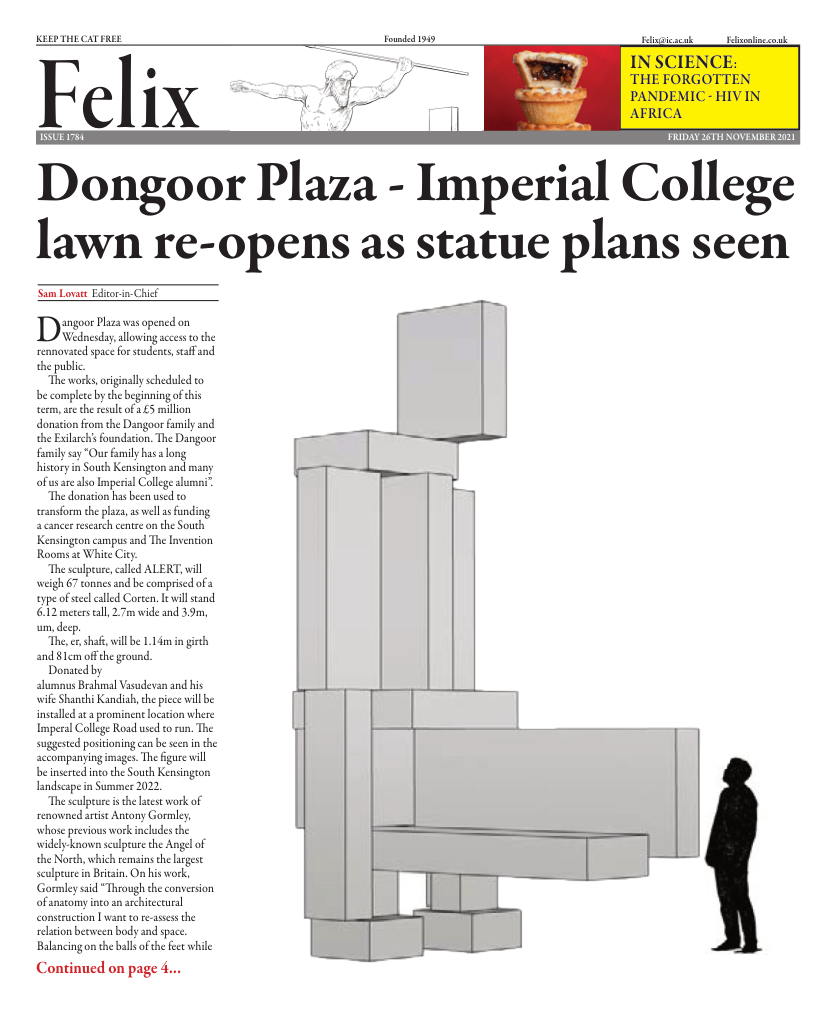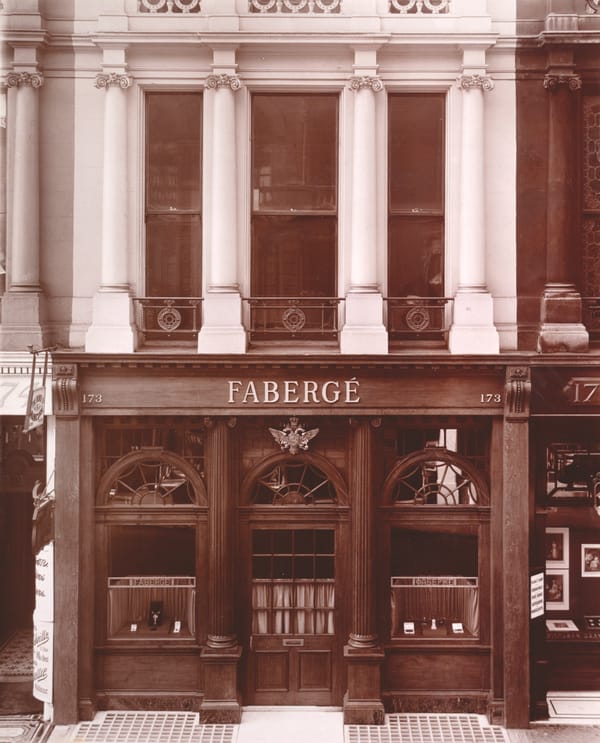Over the Amazon and through the Andes
The British Museum takes a walk through the past exploring the civilisations of Peru

Peru: a journey in time
★★★★
- What: Exhibition
- Where: The British Museum
- When: Until 20th February, 2022
- Cost: £13 (Students)
What we call Peru today lies on a fascinating piece of land in the central Andes, the longest continental mountain range in the world. Although not particularly welcoming from a topographical point of view, this territory has been home to many different civilizations for over 15,000 years. The British Museum with its latest exhibition invites us to take a “journey in time” and explore the people, the culture, and the way of life in Peru.
Disappointingly, the greatest empire of the Americas – Inca – gets little to no attention.
The exhibition is organized in Room 35 of the Museum, the circular central gallery flanked by grandiose marble stairs. Upon entering, visitors are greeted with a carefully crafted atmosphere. Speakers are playing soft sounds of antaras (pan flutes), pututus (conch shell trumpets), rattles and drums, emulating the music of the Andean religious ceremonies. The dark walls are covered with projections displaying Peruvian views: coastal deserts, highlands, the Amazon River. The scene is set very effectively and drives home the main question of the exhibition: how do people survive (and thrive) in such a strange collection of extreme landscapes?

The items on display belong largely to the British Museum, with a few additions from South and Central American galleries, such as Museo de Arte de Lima. The items themselves don’t exactly “tell a story” as such: they are mostly ceramic pottery, textiles, small sculptures, and decorative objects. But the British Museum curators have done an excellent job contextualizing the work by accompanying each gallery section with descriptions of Andean mythology and traditions. Visitors learn about the apus, spirit of the mountains, protector of the highlanders. The reason Peruvian civilizations coexist peacefully with the landscape is because they see it as alive; nature is itself a living being that sustains human survival. We are also told about the Paracas and Nasca people, treating the desert like a canvas and creating incredible geoglyphs.
Disappointingly, the greatest empire of the Americas – Inca – gets little to no attention. The exhibition highlights their feats of agricultural engineering, growing crops at extreme altitudes, but brushes over their religious beliefs and state administration. Regardless, British Museum’s ‘Peru: a journey in time’ paints a holistic image of civilizations old and new; the take-home message is that modern society would not be what it is today without the knowledge and consciousness of the ancestors.









